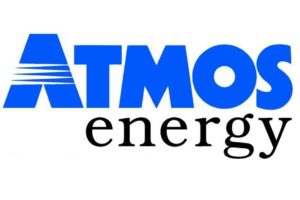The Rate Review Mechanism is a set of rules negotiated with the Atmos Cities Steering Committee.
________________________________________________
 On April 1, Atmos Energy filed Rate Review Mechanism paperwork to increase monthly residential rates in its Mid-Tex and West Texas divisions by an average of $5.64 and $4.39 respectively.
On April 1, Atmos Energy filed Rate Review Mechanism paperwork to increase monthly residential rates in its Mid-Tex and West Texas divisions by an average of $5.64 and $4.39 respectively.
Under the company’s Mid-Tex filing, the company seeks to increase annual revenues by $102.4 million. The company associates its proposed increase with $924 million in new capital expenditures it claims from January 2021 through December 2021.
Under the company’s West Texas filing, the company seeks an increase in annual revenues of $8.7 million. The company associates its proposed increase with $133 million in new capital expenditures it claims from January 2021 through December 2021.
The Rate Review Mechanism — that is, the process employed by Atmos in seeking the interim rate increases — is a set of rules negotiated the Atmos Cities Steering Committee, and which permits some regulatory oversight of utility rate requests by the city coalition. This is in contrast to the parallel Gas Reliability Infrastructure Program (or “GRIP”) that exists under statute, but that does not does not allow any meaningful advanced review of utility rate requests.
RRM versus GRIP
Multiple analyses have indicated better outcomes for consumers under the RRM process than under GRIP. In April 2021, for instance, Atmos requested a $31.4 million annual increase in rates charged to ACSC cities in its Atmos Mid-Tex region. However, the utility eventually settled for a $22.78 million increase, which equates to $8.62 million in avoided cost savings. No such negotiated settlement would have been possible under the GRIP process.
From 2018 through 2021, the RRM process in the Mid-Tex region led to $21.7 million less in annual rate increases than would have occurred under GRIP (calculated on a system-wide basis), according to a separate analysis.
Atmos serves 2 million customers in Texas. Its Mid-Tex division covers Dallas, Fort Worth and a large swath of central and north Texas. The West Texas division serves the Lubbock, Amarillo and Permian Basin regions and surrounding areas.

